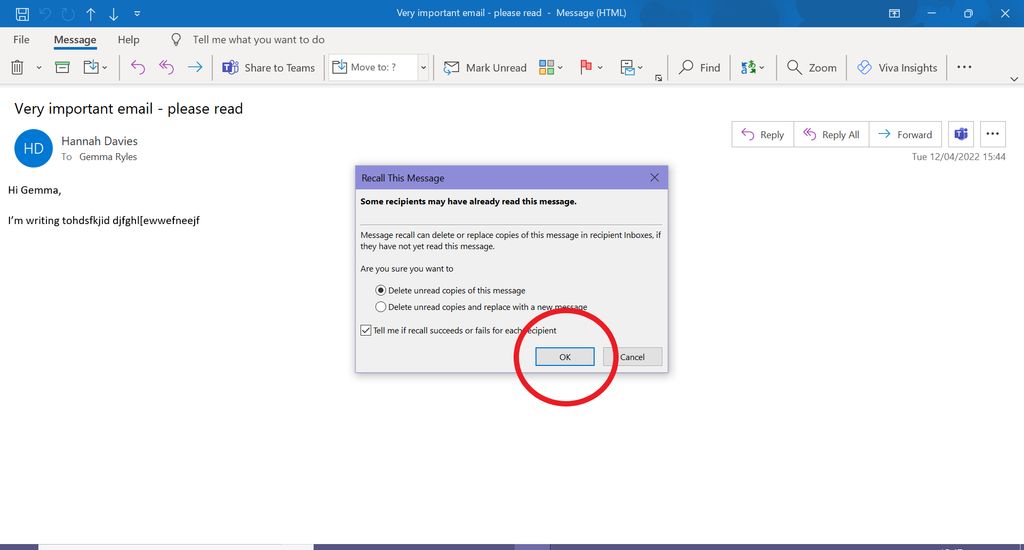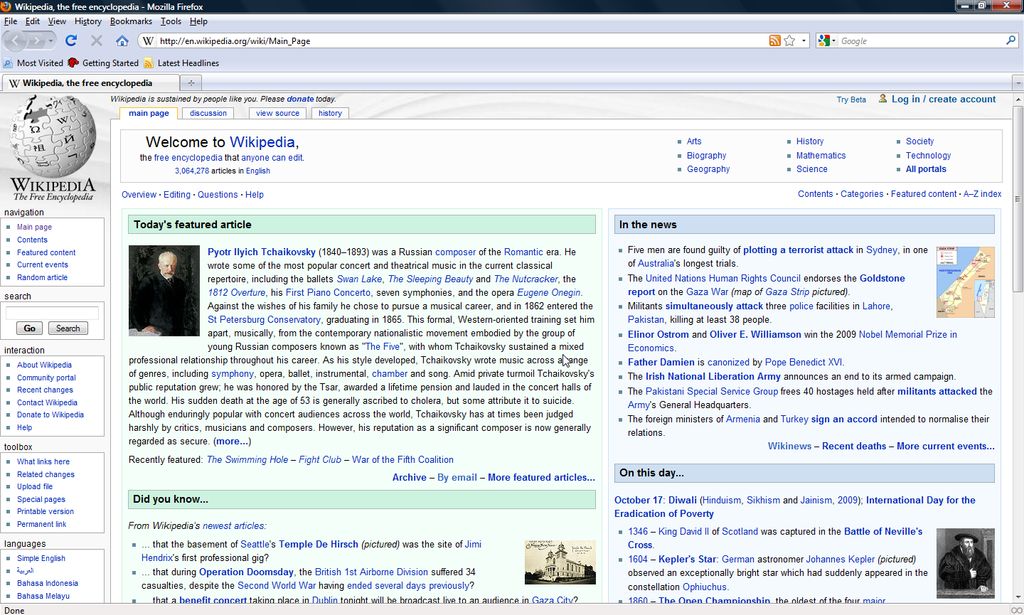
In today's academic world, professional email communication plays a crucial role in establishing credibility, maintaining clear communication, building professional relationships, and managing expectations. It is essential for academics to follow best practices for writing professional emails, including using proper salutations and sign-offs, crafting clear subject lines, and structuring emails for clarity. Effective email etiquette strategies such as responding promptly and respectfully, using professional language and tone, and managing email overload are also important. Additionally, utilizing email features and tools like organizing emails with folders and labels, using email templates and autoresponders, and integrating email with calendar and task management can enhance academic efficiency. Here are the key takeaways from this article:

Establishing credibility and respect is crucial in academic communication. It is important to present oneself professionally and maintain a respectful tone in all email interactions. This can be achieved by using proper salutations and sign-offs, addressing recipients by their appropriate titles, and using formal language. Additionally, it is essential to be mindful of the tone and content of the email to ensure it conveys professionalism and respect.
Maintaining clear and concise communication is essential in academic settings. It ensures that information is easily understood and reduces the chances of miscommunication. One way to achieve this is by using proper formatting in emails. Breaking down information into short paragraphs and using bullet points or numbered lists can help organize and present information in a clear and concise manner. Additionally, using subheadings can help readers quickly navigate through the email and find the information they need.
Building professional relationships is crucial in academia as it fosters collaboration, networking, and mentorship opportunities. Networking with colleagues and experts in your field can lead to valuable connections and potential collaborations on research projects. It is important to attend conferences, seminars, and workshops to meet and interact with other professionals in your field. Additionally, mentorship is an essential aspect of building professional relationships. Having a mentor can provide guidance, support, and advice throughout your academic journey.
To build and maintain professional relationships, consider the following:
Engage in active listening: When communicating with colleagues or mentors, make sure to actively listen to their ideas, concerns, and feedback. This shows respect and demonstrates your commitment to the relationship.
Offer assistance: Be willing to help others in your academic community. This can be through sharing resources, providing feedback on their work, or offering to collaborate on projects.
Follow up: After attending conferences or meetings, make sure to follow up with the people you have connected with. Send a brief email expressing your appreciation for the conversation and expressing your interest in staying in touch.
Attend social events: Participating in social events organized by your institution or department can provide opportunities to meet and connect with colleagues in a more relaxed setting. These events can help foster stronger professional relationships outside of formal academic settings.
Building professional relationships takes time and effort, but the benefits are invaluable. By investing in these relationships, you can expand your professional network, gain valuable insights, and enhance your academic career.
Managing expectations and deadlines is crucial in academic settings. It ensures that all parties involved are on the same page and that tasks are completed in a timely manner. Here are some strategies to effectively manage expectations and deadlines:
By implementing these strategies, academic professionals can ensure that projects are completed on time and that everyone is aware of their responsibilities.

When writing professional emails in an academic setting, it is important to use appropriate salutations and sign-offs. The salutation is the greeting at the beginning of the email, while the sign-off is the closing remark. These elements help set the tone and establish professionalism in your communication. Here are some best practices to consider:
When it comes to sign-offs, consider using phrases such as 'Best regards,' 'Sincerely,' or 'Thank you' followed by your name. These sign-offs convey respect and courtesy. Remember to match the level of formality with the recipient and the context of the email.
Crafting clear and polite subject lines is essential for effective email communication in an academic setting. A well-crafted subject line helps the recipient understand the purpose of the email and encourages them to open and read it. Here are some tips for creating clear and polite subject lines:
Tip: Use bold to highlight important keywords in the subject line and italics for subtle emphasis where needed.
By following these guidelines, you can ensure that your emails are professional and effectively convey your message.
When structuring emails for clarity and readability, it is important to consider the following points:
By following these guidelines, you can ensure that your emails are easy to understand and navigate, making it more likely that your message will be received and acted upon.
Proofreading and editing are crucial steps in ensuring the professionalism of your emails. These steps help to eliminate errors, improve clarity, and enhance the overall quality of your communication. Attention to detail is key when proofreading and editing, as it allows you to catch any spelling or grammatical mistakes that may have been overlooked. Additionally, taking the time to review and revise your emails shows a commitment to professionalism and can help you avoid any misunderstandings or miscommunications.

Responding to emails in a timely manner is crucial in maintaining professional relationships and demonstrating respect for others' time. It is important to prioritize emails based on urgency and importance, ensuring that urgent emails are addressed promptly. Additionally, responding respectfully and professionally to emails helps to establish a positive and professional image. This includes using polite language, addressing the sender by their preferred name, and expressing gratitude when appropriate.
When writing professional emails in an academic setting, it is important to use language and tone that conveys professionalism and respect. Choosing the right words and maintaining a professional tone can help establish credibility and build positive relationships with colleagues and professors. Here are some tips for using professional language and tone in your emails:
Remember, the way you communicate through email reflects your professionalism and can impact how others perceive you in an academic setting.
When sending professional emails in an academic setting, it is important to avoid common mistakes that can negatively impact your communication. Here are some key points to keep in mind:
Remember, professional email communication is crucial in academia, and avoiding these common mistakes will help you maintain a high level of professionalism.
Managing the overwhelming influx of emails and prioritizing them effectively is crucial for academic professionals. Here are some strategies to help you stay organized and focused:
By implementing these strategies, you can effectively manage email overload and prioritize your academic correspondence.

Organizing emails with folders and labels is a crucial aspect of managing your academic correspondence efficiently. By creating folders and assigning labels to your emails, you can categorize and prioritize them based on their content or importance. This allows you to easily locate specific emails when needed and ensures that important messages are not overlooked. Additionally, organizing emails with folders and labels helps in decluttering your inbox and maintaining a clear and organized email system.
Email templates and autoresponders are powerful tools that can greatly enhance efficiency and productivity in academic correspondence. Templates allow you to create pre-written email messages that can be easily customized and reused for common situations or inquiries. This saves time and ensures consistency in your communication. Autoresponders, on the other hand, are automated email replies that can be set up to send a predefined message when you are unable to respond immediately. They are particularly useful for acknowledging receipt of emails, setting expectations for response times, or providing alternative contact information. By utilizing these features, you can streamline your email communication and ensure timely and professional responses.
Email filters and rules are powerful tools that can help you manage your inbox more efficiently. By setting up filters and rules, you can automatically organize incoming emails, prioritize certain messages, and reduce clutter. Here are some strategies to make the most of email filters and rules:
Remember to regularly review and update your filters and rules to ensure they are still meeting your needs and effectively managing your email workflow.
Integrating email with calendar and task management tools can greatly enhance academic efficiency. By seamlessly integrating these systems, you can effectively manage your time, tasks, and deadlines in one centralized location. Here are some strategies to consider:
Integrating email with calendar and task management tools can streamline your workflow and help you stay organized in your academic pursuits.
In conclusion, implementing this email system can greatly enhance academic professionalism. By providing a centralized platform for communication, it streamlines the process and ensures that important information is easily accessible to all stakeholders. Additionally, the system's features such as email templates and scheduling tools help to improve efficiency and organization. Overall, this email system is a valuable tool for academic institutions looking to enhance professionalism and communication.
Professional email communication is crucial in academia as it helps establish credibility, maintain clear and concise communication, build professional relationships, and manage expectations and deadlines effectively.
Some best practices for writing professional emails in an academic setting include using proper salutations and sign-offs, crafting clear and polite subject lines, structuring emails for clarity and readability, and proofreading and editing for professionalism.
Some effective strategies for email etiquette in academic correspondence include responding promptly and respectfully, using professional language and tone, avoiding common email mistakes, and managing email overload and prioritization.
Email features and tools can enhance academic efficiency by organizing emails with folders and labels, utilizing email templates and autoresponders, using email filters and rules, and integrating email with calendar and task management.
Using professional language and tone in academic emails is important as it helps maintain professionalism, respect, and credibility in communication, and enhances the overall academic environment.
To manage email overload and prioritize emails effectively in academia, it is helpful to set aside dedicated time for email management, use email filters and rules to categorize and prioritize emails, and establish clear communication channels for urgent matters.